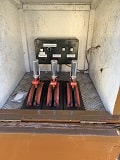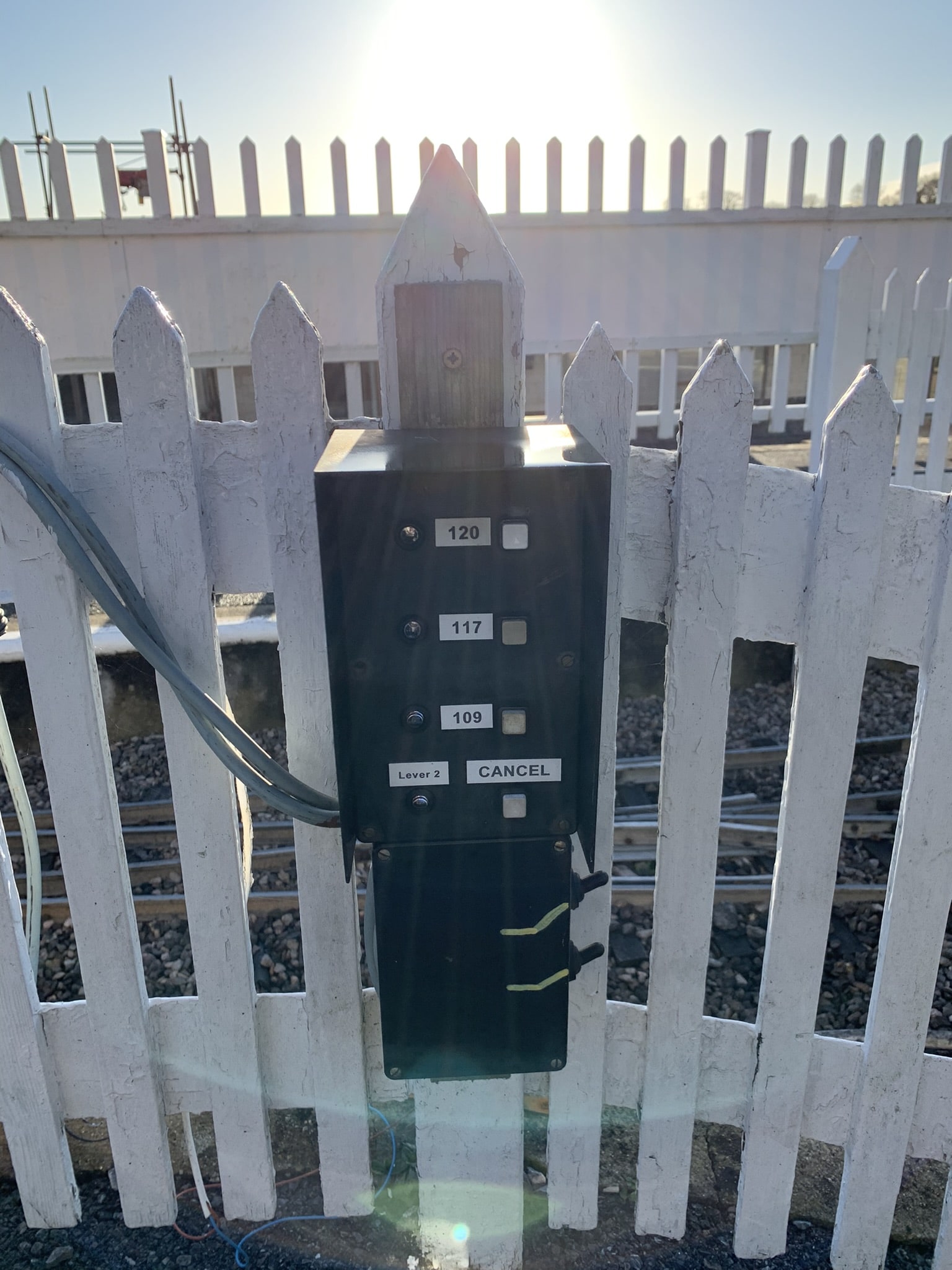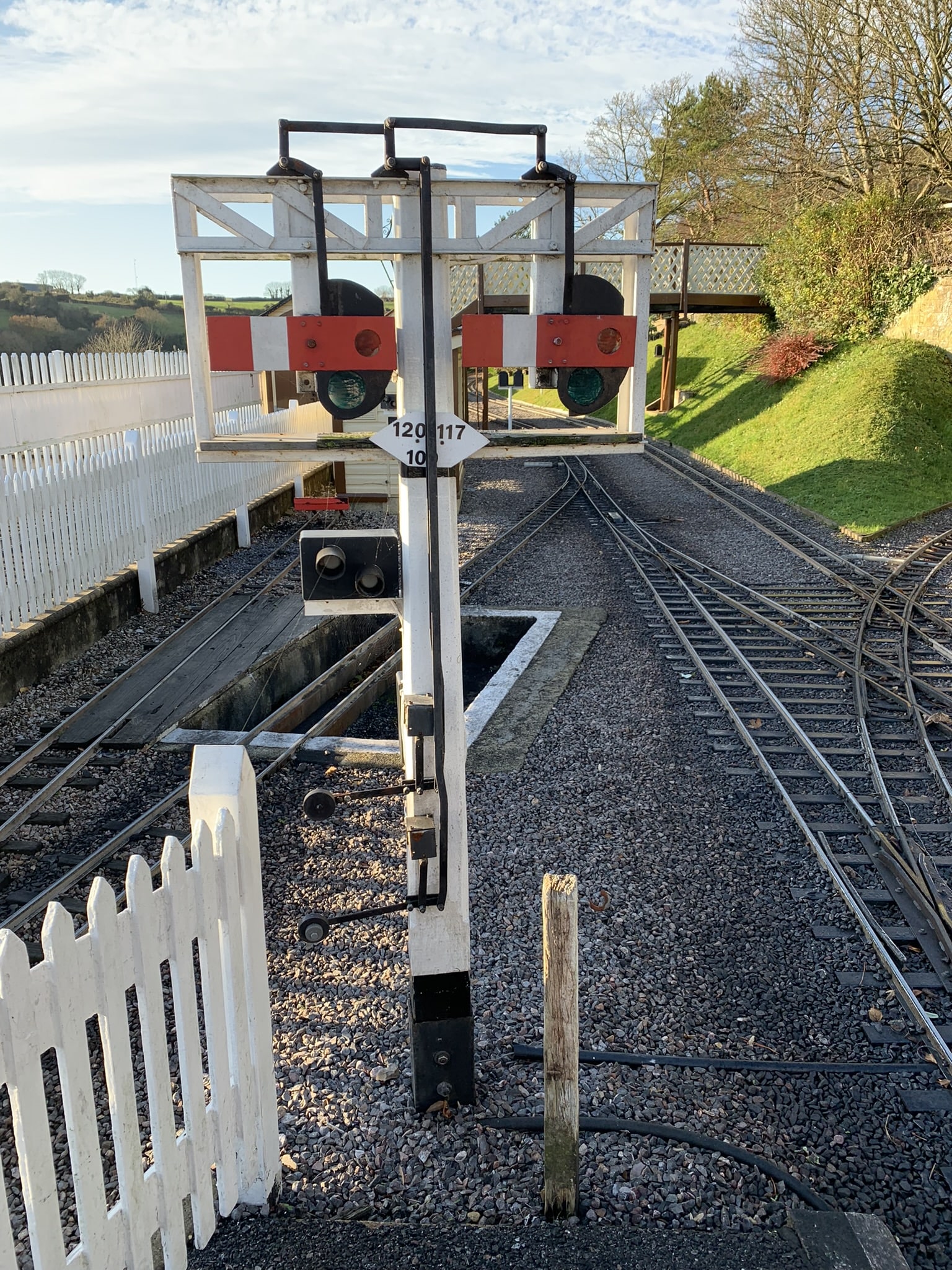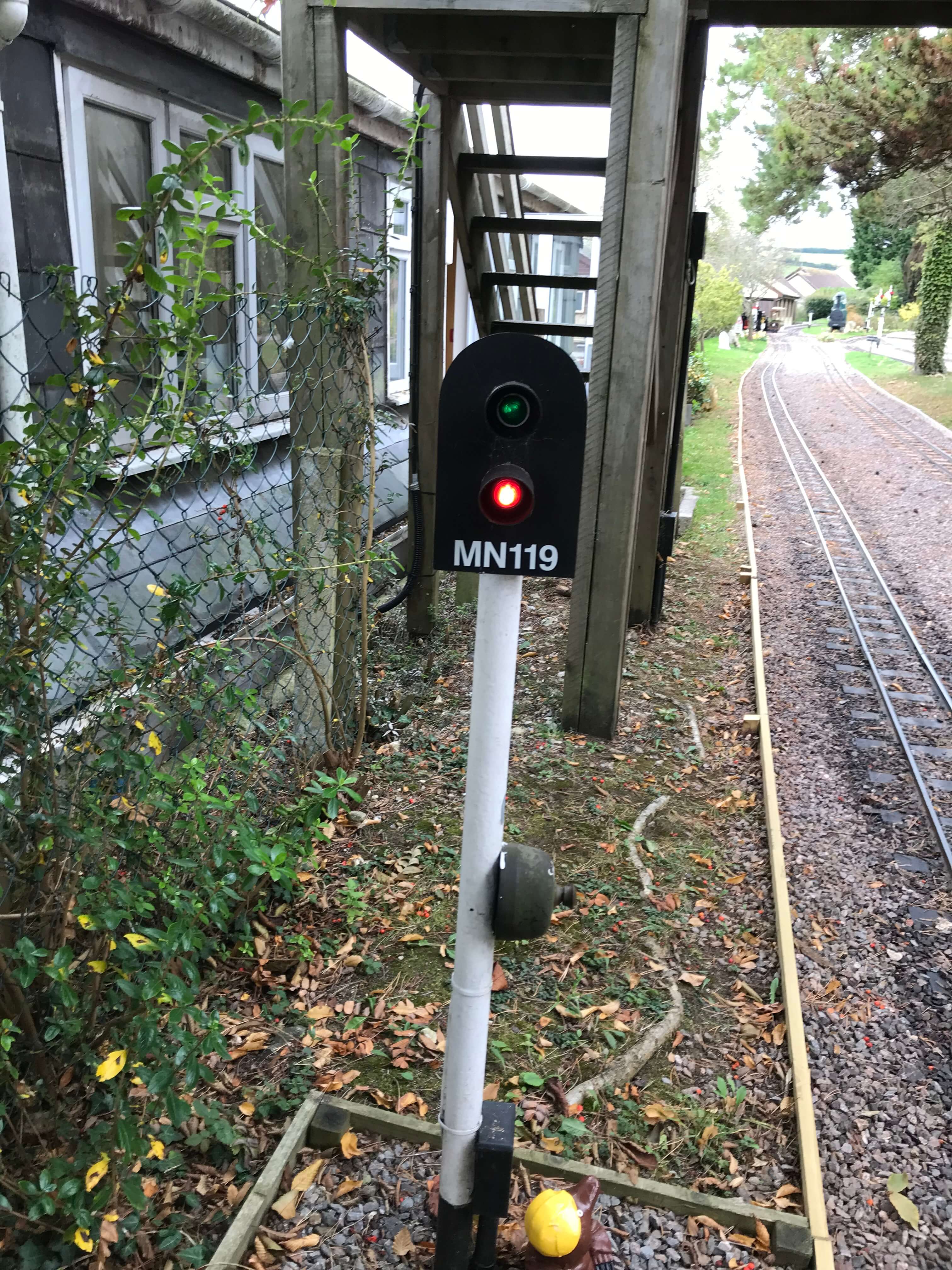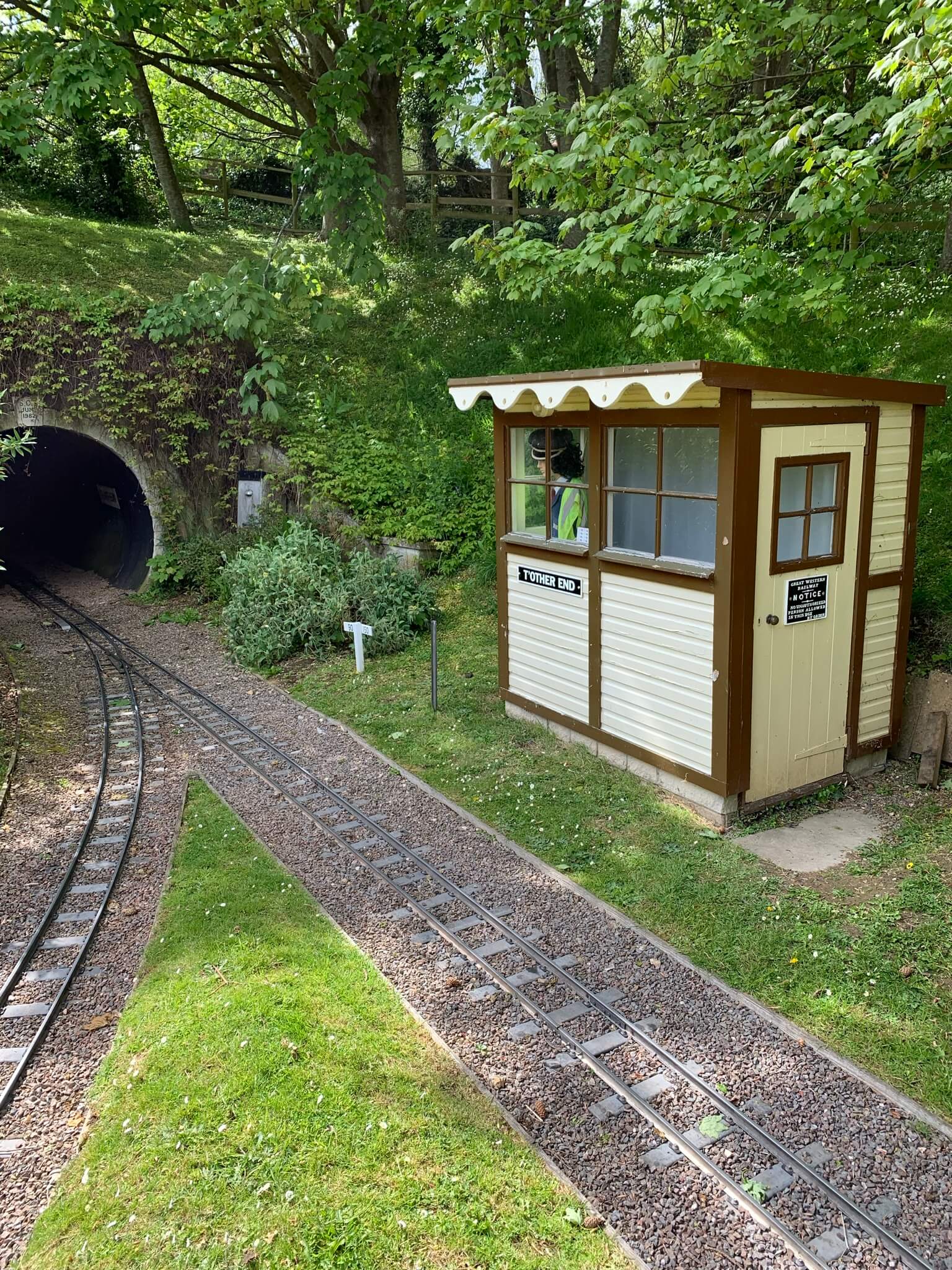The signalling on BHLR (Beer Heights Light Railway) which is located at Pecorama in the delightful village of Beer in sunny Devon
has been developed over a number of years provides a fully automated 'fail safe' system for the movements of trains around the 1.5 mile circuit.
Trains depart from Much Natter, were the Station Master is required to initiate the
departure from either of the 3 platforms using a miniture 3 lever frame and the departure buttons. Once initiated the train will be automatically routed aound
the system back to Much Natter, were the Station Master will accept the arrival again using the miniture lever frame.
Service trains depart from the 'Departure' platform and can route either via Little Moore(GWR) or straight to Tunnel East(SR),
the 'Bay' platform at Much Natter is primarily used to store locomotives when more than 2 locomotives are in use.
A number of driver operated 'Plungers' are sited on various signals to allow for shunting, and other deviations from the main route:
- Little Moore Bay Platform used for shuttle service to Wildway Branch
- Non-Stop Allows for trains to go back to Tunnel East instead of Much Natter
- Wildway Branch Desination of the Shuttle service
- Quarry Siding Where visiting locos arrive and depart(By Road)
- Depot Engine shed and carriage sidings
There are 2 types of Signals:
- Semaphore: These are based on Great Western Railway (GWR) lower quadrant signals, where the arm drops to show proceed.
- Colour Light: These are based on the British Rail (BR) generic 2 aspect signal
There are 2 types of points:
- Powered: These are used by the interlockings to 'divert' trains at junctions.
- Spring: These 'divert' trains in a fixed direction, and when 'trailed' are 'sprung' by the train wheels.
The signalling is split into 3 relay based fail-safe interlockings:
